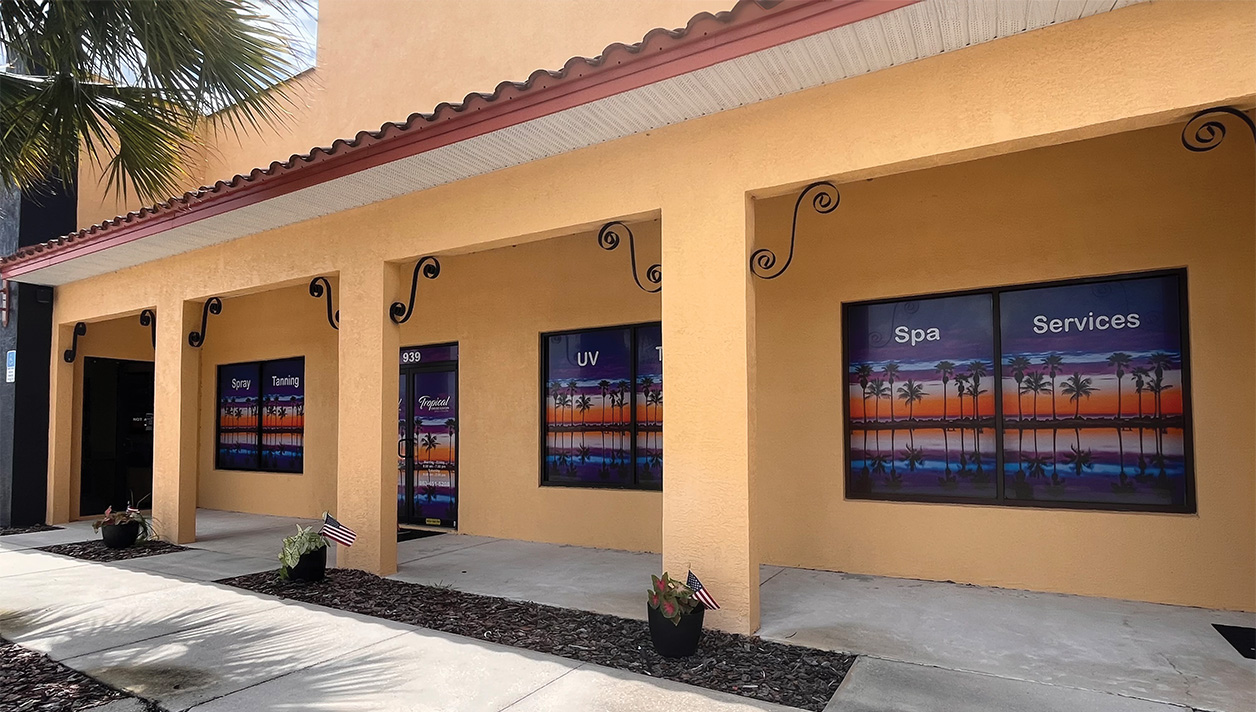Last month, I went through a kind of rough patch with a stomach bug and ended up losing about 12 lbs. Pretty much could only eat soup for about a week. Well, post illness, I decided to keep those 12 off and commit to eating better. My youngest son had been rolling with a health kick of his own: celery juicing. He told me that it made him feel healthier and much more energized. I dug in to do some research on it and found some interesting points. Celery is, in fact, rich in vitamins A, K and C, as well as potassium. “Possible” health benefits according to Medical News Today include reducing inflammation, lowering blood pressure, reducing the risk of cancer and may help prevent early vision loss. The University of Maryland Medical Center also notes that celery seeds have been long used in medicine to treat arthritis, gout, muscle spasms and colds and flu, although effectiveness is not confirmed by research. Alright, and celery is also known to be a rich source of antioxidants.
[gap height=”15″]
What’s the down side? Well, celery belongs to a group of foods that may cause allergic reactions and could lead to anaphylactic shock. Whoa! Okay, check with your doctor before juicing or eating amounts of it. But what’s the tie-in to indoor tanning?
[gap height=”15″]
In 1994, the National Center for Biotechnology Information reported on an outbreak of phytophotodermatitis due to celery consumption when some field workers in southern Israel who had fair skin, no SPF products and no protective clothing received significant reddening of the skin from sun exposure. Celery is known to contain psoralens, natural plant substances which are extremely photosensitizing (as successful grads of our Sun is Life® Certification program are well aware!) In addition, there are many medications that can cause photosensitivity including antibiotics, birth control pills, antidepressants, cardiovascular drugs, NSAIDs, sunscreens and diuretics – a list that by all means is not complete.
[gap height=”15″]
[gap height=”15″]
Graduates of Sun is Life Certification receive factual information about all aspects of indoor tanning, including photosensitivity.
[gap height=”15″]
[gap height=”15″]
Please remember: just because it’s listed does not mean that if you are using any of these medications, you will absolutely receive the negative (photosensitive) effect of reddening and possible blistering of the skin.
[gap height=”15″]
When I began teaching indoor tanning certification many moons ago, we used to produce a list of possible photosensitizing medications. It was about eight pages long. However, new medications hit the market every day and could have possible negative effects with UV exposure. Indoor tanners who are taking ANY medication should check with their physician prior to ANY UV exposure.
[gap height=”15″]
What else do you need to be aware of? Perfumes, detergents, fruits, colognes, soaps and other cosmetics may also irritate the skin when exposed to UV. Also, note that citrus fruits such as lemons and limes as well as celery, dill, parsley and carrots may also increase sun sensitivity. So, the next time you are poolside, eating a salad that contains celery and carrots and having a beverage such as iced tea or perhaps something stronger, be aware of the possible consequences: red skin due to a photosensitive reaction to UV. Who knew that eating healthy might make me red? You’re now aware!
[gap height=”15″]
[gap height=”15″]

























